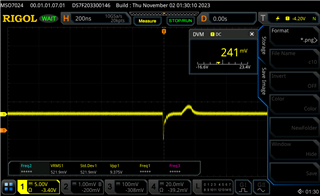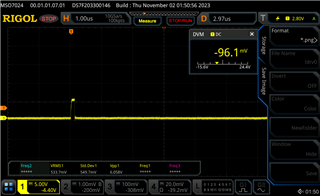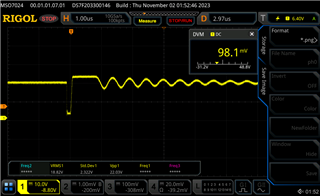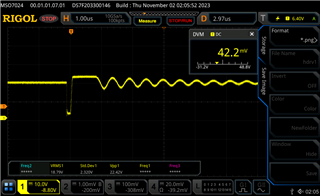I recently solved an issue with Q5 and the IC exploding when the battery is installed (added more capacitance and TVS to battery terminal). Now I have an issue where the battery is not charging (non-damaged board). Status LEDs indicate charging should be happening.
Vin = 22V, VBATT(20V battery) = ~18.1V, PG and STAT1 LEDs showing (which should mean its charging), but there is no power going to the battery. The entire board is only pulling 17mA. Charge current should be up to 6A.
My PH and LODRV pins look like figure 7 (100% duty cycle and refresh pulse) in the data sheet.






